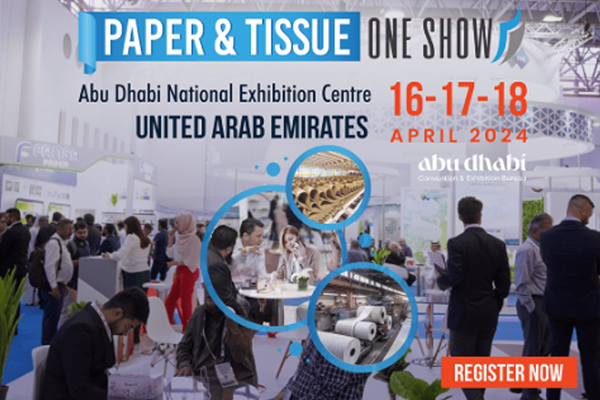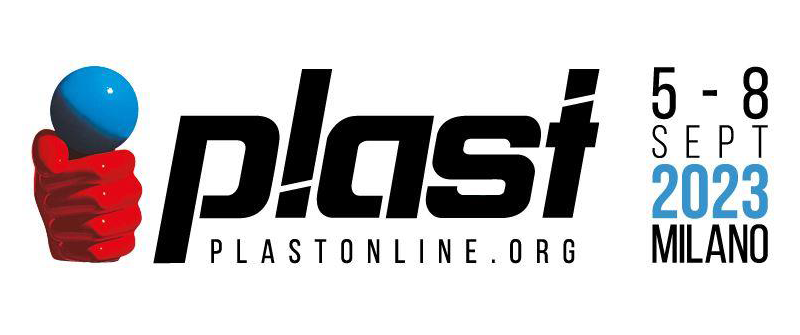WHAT IS CARBON FIBER AND HOW IS IT OBTAINED?
Carbon fiber, also called graphite filament, is a reinforced, ultralight, and extremely strong synthetic material invented in the early 1960s.
Its manufacture requires a slow process, and the starting raw materials can be diverse. Generally, the composition sees a weave of carbon filaments held in place and protected by a resin.
APPLICATION, ADVANTAGES AND DISADVANTAGES OF CARBON FIBER TECHNOLOGY
Due to the mechanical characteristics of carbon fiber, such as lightness, strength, stiffness and bending capacity, it ranks as one of the most innovative within the range of composite materials. In addition, its structure allows it great flexibility and adaptability for different markets, sectors and uses.
Among the advantages due to the qualities and performance of carbon sheets, disadvantages emerge that mainly concern the economic factor. In fact, the production and processing of carbon fiber requires significant energy intensity over a prolonged period of time, which leads to a proportional increase in the final cost of the finished product.
PROCESSES CARRIED OUT BY SVECOM
Aiming to maximize mechanical performance and light weight, Svecom P.E. has created a business unit, Svecom Carbon Fiber, which combines the experience accumulated over 50 years of manufacturing expanding shafts with the advantages of using carbon fiber.
The process includes a new production facility that enables the manufacture of tubes with different mechanical properties for the construction of roller shafts.
Tubes, under customer specifications, can be made through two technologies, Filament Winding and Roll-Wrapping.
Filament Winding
This is a process that involves winding resin-impregnated carbon fibers onto a mandrel (mold), which defines the finished dimensions of the part.
The desired mechanical properties of the tube are realized by the tension and angle of wrap given to the fibers.
The process ends with the polymerization (hardening) of the resin in a temperature-controlled oven and the removal of the carbon fiber winding mandrel(s).
Advantages and properties
The advantages arising from the use of this technology are:
- Wide freedom of fiber orientation,
- Highly automated and repeatable process
- Possibility of making even large-sized tubes
The properties of carbon fibers, such as high hardness, high tensile strength, low weight, high chemical resistance, high temperature tolerance, and low thermal expansion, allow this material to become very useful again in the production of carbon fiber expanding shafts with ledges.
Roll-Wrapping
Instead, this process sees carbon fiber sheets, previously cut and stored at -18°C, pre-impregnated with resin (prepreg) wound onto the mandrel.
Layering (or lamination) of different prepregs, with appropriate orientation, gives the final part the desired mechanical properties.
Before the resin is cured in the oven, very high-tension winding of special plastic tapes ensures maximum compaction of the part.
Advantages and properties
The advantages of using this technological process allow:
- Maintain a precise and uniform fiber-to-resin ratio,
- Achieve maximum axial stiffness due to the possibility of arranging the fibers at 0 degrees,
- Achieve prepreg fabrication with different fiber types,
- Improve surface finish due to the possibility of grinding.
To produce this type of processing, carbon atoms are bonded together in crystals aligned parallel along the fiber axis, which receives from this alignment a high force-to-volume ratio making it stronger for its size.










